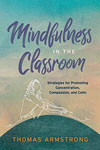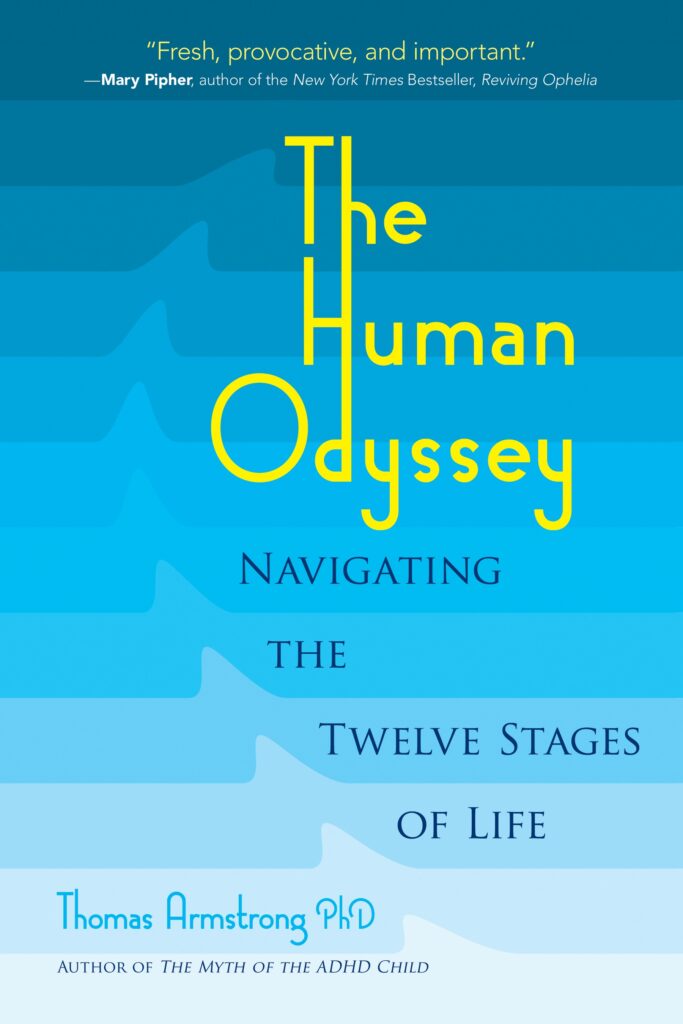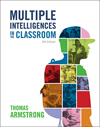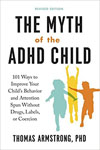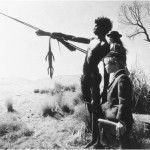 The concept of rites of passage was first articulated by anthropologist Arnold van Gennep (1873-1957) in his book The Rites of Passage, first published in 1908. In this seminal work, van Gennep subdivided rites of passage into three sub-categories: rites of separation, transition rites, and rites of incorporation. These rites might represent components of one overall rite of passage, or be given greater or lesser emphasis in specific rituals or ceremonies. van Gennep writes: “. . . although a complete scheme of rites of passage theoretically includes preliminal rites (rites of separation), liminal rites (rites of transition), and postliminal rites (rites of incorporation), in specific instances these three types are not always equally important or equally elaborated.” (The Rites of Passage, p. 11).
The concept of rites of passage was first articulated by anthropologist Arnold van Gennep (1873-1957) in his book The Rites of Passage, first published in 1908. In this seminal work, van Gennep subdivided rites of passage into three sub-categories: rites of separation, transition rites, and rites of incorporation. These rites might represent components of one overall rite of passage, or be given greater or lesser emphasis in specific rituals or ceremonies. van Gennep writes: “. . . although a complete scheme of rites of passage theoretically includes preliminal rites (rites of separation), liminal rites (rites of transition), and postliminal rites (rites of incorporation), in specific instances these three types are not always equally important or equally elaborated.” (The Rites of Passage, p. 11).
Anthropologist Victor Turner took van Gennep’s model and gave particular emphasis to the liminal rites, suggesting that after being separated from the society, but before being incorporated back into it, the person going through the rite of passage existed in a sort of “betwixt and between” state, a kind of limbo, where their identity was temporarily suspended.
The concept of rites of passage was perhaps given its best exposure to the public through Joseph Campbell’s best-selling book The Hero with a Thousand Faces, which describes the journey of the hero crossing the threshold into the underworld to seek a great treasure or boon, and then returning back to society to share the newly acquired gift with others.
Much of the attention given to rites of passage over the years has focused on puberty rituals, particularly in Africa and Aboriginal Australia. These rituals were often quite brutal in nature, requiring novices to endure starvation, mutilation, infestation, radiation (from the sun), and other insults, from which not every member survived. In a way, it was a culture’s system of “quality control,” to ensure that those who were admitted to the adult role in that society had the specific attributes needed by the community (e.g. strength, endurance etc.). In a broader sense, it was a way for a culture to bring its members from the dependent state of childhood to the independent state of adulthood where they could actively contribute to the community’s wellbeing and continuity.
Although puberty rituals have been the focus of much of the discussion concerning rites of passage, the concept of rites of passage applies equally well to other ages and stages of life, including birth, marriage, and death. In modern culture, rites of passage have generally gone through a process of disintegration, often only retaining traces of those elements that were once part of a full-bodied rite of passage. One may see the remnants of ancient rituals in such things as fraternity hazings, high school graduation ceremonies, or debutante balls. In some cases, religious or ethnic groups have sought to maintain and strengthen traditional rites of passage (e.g. the bar mitzvah or bat mitzvah, the quinceañera etc.), or to create new rites of passage to help their youthful members achieve maturity (this has been, for example, an important development in many African-American communities in the United States).
Because rites of passage are not often an integral part of contemporary society, people may decide to create their own rituals. Sometimes this is done with a great deal of creativity and respect for tradition (for example, the Simchat Chochma or Joy of Wisdom Ceremony developed by Savina Teubel to celebrate her 60th birthday).
Othertimes, this is done on a very ad hoc and impromptu basis, especially in adolescence, by individuals who are unconsciously acting out certain elements of rites of passage (especially the separation and liminal phases), but not including an incorporation phase back into the society. One sees this sort of thing in adolescents who engage in substance abuse, gang activity, risky sexual behaviors, or other forms of reckless endangerment. The missing element in these cases is almost always the presence of mature individuals, themselves having passed the threshold into adulthood, who can help these adolescents make a safe journey across the great divide.
For older individuals, the passage from one stage of development to the next phase (e.g. early adulthood to midlife), may also occur in the unconscious, but have a better outcome by its being made conscious through active work in psychotherapy, the arts, or other forms of therapeutic or symbolic activity. All in all, the concept of rites of passage is a useful one in comprehending the broad picture of the human life cycle. It helps articulate the underlying psychological forces, and the overt socio-cultural forces, that help an individual make the transition from one stage of development to the next.
For more information about the rites of passage in different cultures and traditions, see Thomas Armstrong , The Human Odyssey: Navigating the Twelve Stages of Life
This article was brought to you by Thomas Armstrong, Ph.D. and www.institute4learning.com.
Follow me on Twitter: @Dr_Armstrong






